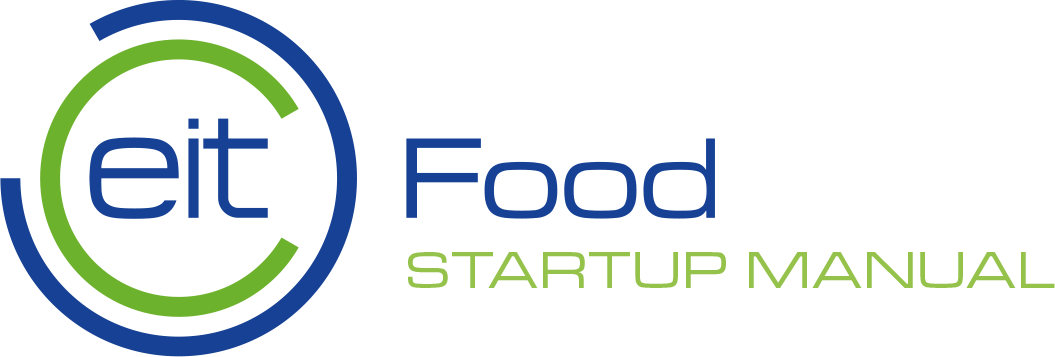Module 4 - The legal stuff...
2. Food specific legal/trading requirements
Given that food and drink go into our bodies and require input from the natural environment, it’s not surprising that there is strict legislation regulating the value chain to ensure the safety of consumers, animals and the wider environment. In Europe, “The General Food Law Regulation ensures a high level of protection of human life and consumers’ interests in relation to food, while ensuring the effective functioning of the internal market… It covers all stages of food and feed production and distribution.” (European Commission)
European directives are transposed into national legislation. It is your responsibility to ensure that your actions comply with all relevant legislation. This includes ensuring that your supply chain is also compliant. There are few examples below, but we haven’t covered every aspect here so make sure you inform yourself of your legal duties.
Ingredients: how ingredients are produced, and the types of ingredients used are controlled by a number of directives. These cover areas such as the use of pesticides, food additives (EC 1333/2008) and the use of novel foods (EU) 2015/2283).
Processing: if you or your suppliers are processing food you must ensure that they are doing so in a hygienic way making sure that microorganisms or toxins do not present an unacceptable risk to human health (EC 2073/2005), have a food safety management system in place and are registered with the relevant authorities (EC 852/2004).
Packaging and labelling: materials used for packaging as well as information on packaging is regulated. The materials must be fit for human contact. Labels should make clear if the product contains allergens, not make unsubstantiated health claims and present nutritional information (EU 1169/2001).

In addition to these pieces of legislation, more established customers in the food system will ask for a several additional things. These include:
- Food safety accreditations (IFS/BRC) that demonstrate that you not only meet legislative requirements but also show best practice in food safety.
- Product liability insurance that demonstrates you are insured if something goes wrong. It isn’t always legally required but is often demanded by customers.
- HACCP: standing for “Hazard analysis and critical control points”, HACCP is the standard approach to food safety in the food industry through the analysis and control of biological, chemical and physical hazards in every step of production including raw material procurement, manufacturing and distribution. You can find a template and guide to completing your HACCP here.

